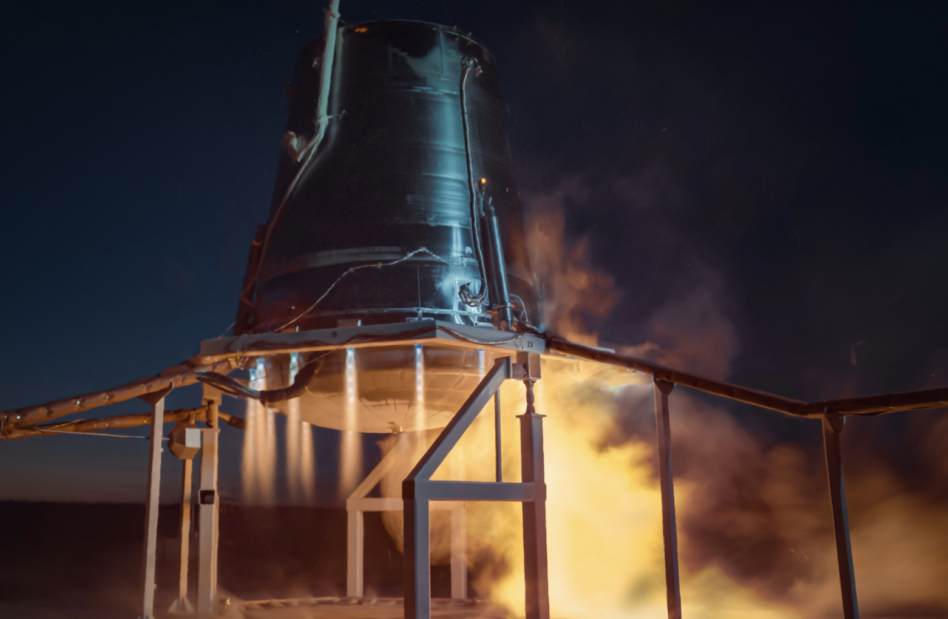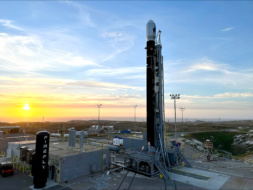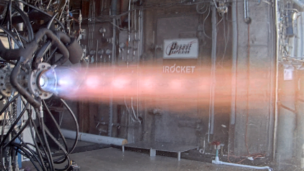While all eyes remain on Starship, another rocket startup is quietly ticking off milestones in its pursuit of full reusability.
Stoke Space completed a static fire of its fully reusable second-stage rocket earlier this week. The prototype—which looks more like a fiery Tin Man than a final product—also underwent avionics, power systems, navigation, heat shield, and tank pressurization testing.
The company announced a hop flight is up next.
Stoke Space 101: Founded in 2019, and armed with ~$75M of funding, Stoke has set out to build a fully reusable 30-meter-tall two-stage rocket. Instead of pursuing an incremental strategy in rocket building, the Kent, WA-based company has embedded full reusability into its design from the onset.
Its primary focus has been on developing the elusive fully reusable second stage rocket.
The second stage problem: Given the shielding and fuel requirements needed for a second stage vehicle to execute a controlled landing, a rapid and fully reusable upper stage rocket has proven difficult to achieve with legacy architectures—necessitating novel and inventive solutions.
- The shuttle achieved the feat, but refurb between flights was far from fast.
- SpaceX is attempting to solve the problem by maneuvering Starship into a belly flop to break its fall, before rightsizing for a controlled landing.
Like the shuttle and SpaceX’s Falcon, Stoke has also chosen a radical approach for its second stage rocket.
How it works: The spacecraft resembles a traditional reentry capsule, with a large circular heat shield. To power the vehicle, 30 small thrusters are arranged in a circle around the perimeter of the heat shield.
- Hyrdolox fuel is channeled into the 30 combustion chambers, creating thrust.
- The exhaust pushes against the heat shield, improving efficiency by creating what is known as an aerospike effect.
- Instead of an ablative heat shield—as in Dragon and Orion capsules—in which protective material burns off, Stoke employs a liquid-cooled shield designed for reusability.
For the test firing, only 15 thrusters were used.
The unique design—which looks like a showerhead with jets solely around its edges—allows Stoke to incorporate a sturdy heat shield for reentry, thrusters for in-space maneuvering, and legs for a controlled landing.
If successful, the company will look to pair the second stage with a first stage booster to create a fully reusable rocket.
With the company nailing its final static fire, the only question now is wen hop?!




